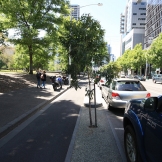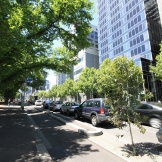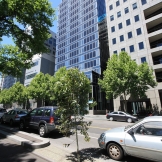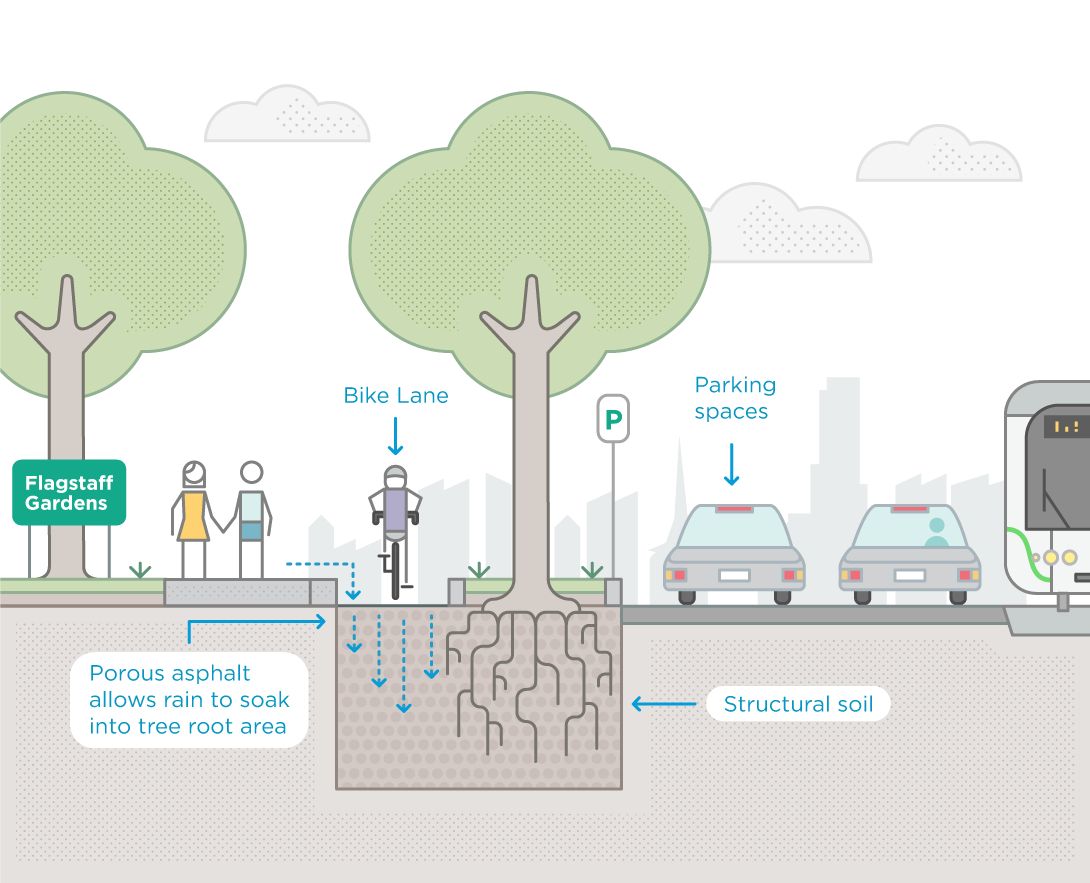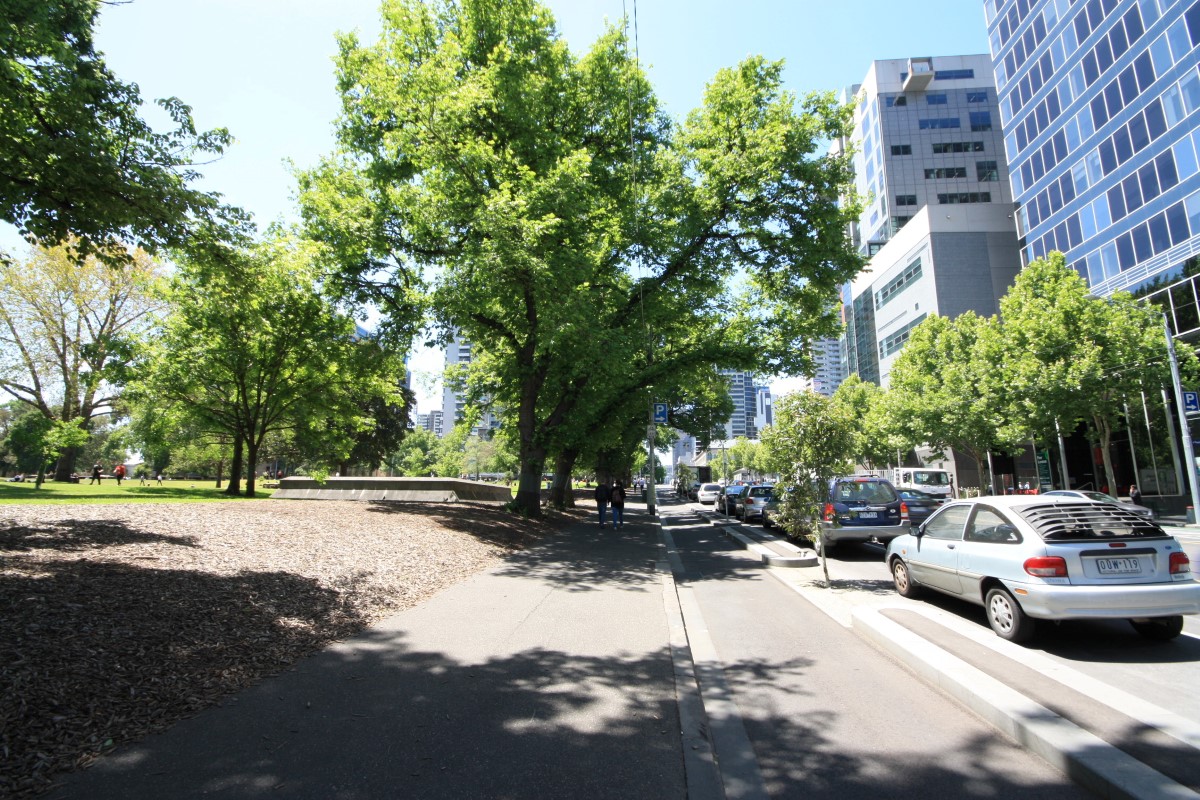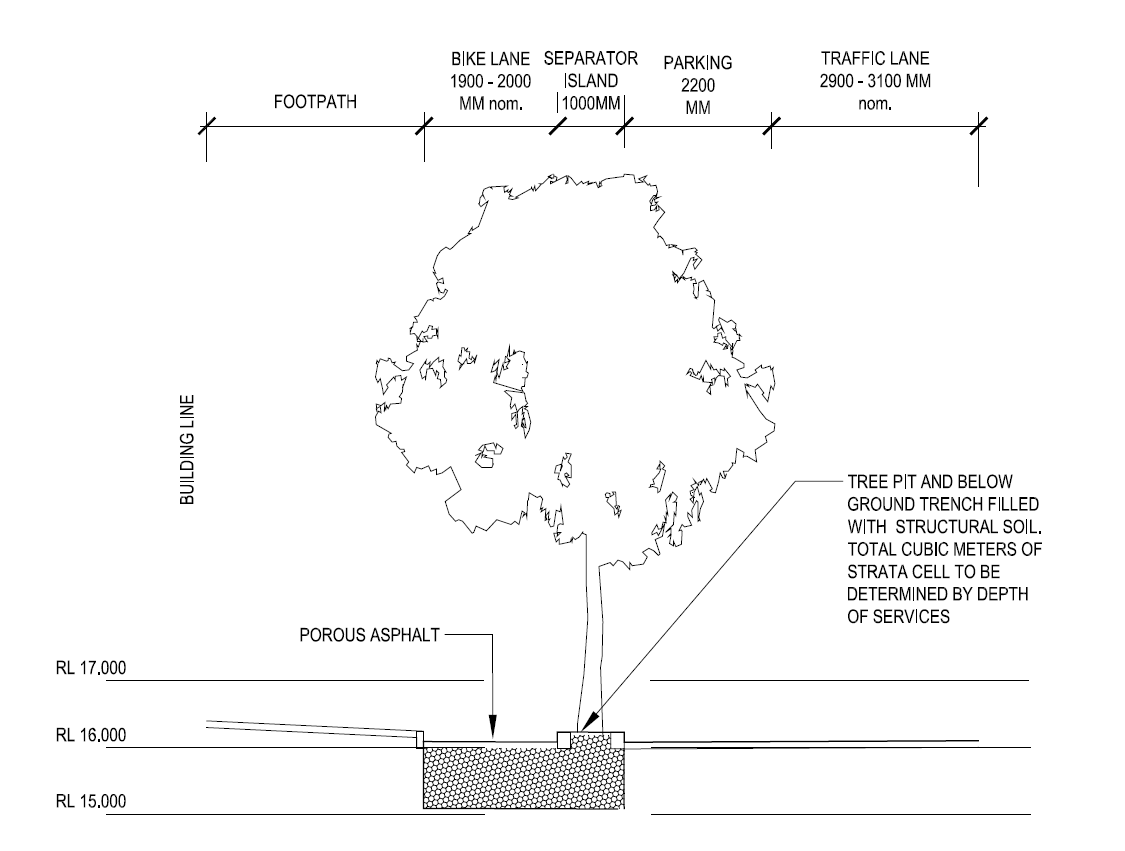La Trobe Street green bicycle lane
The La Trobe Street bicycle lane is an innovative project that combines water capture, urban greening and bicycle safety in a busy urban street.
As part of our Bicycle Plan 2012-16, a separated bicycle lane was scheduled for construction along La Trobe Street.
We took the opportunity to combine tree planting, passive irrigation and the separated bicycle lane into one piece of infrastructure.
It was important to incorporate the tree planting during construction. Once the bike lane was built it would be difficult and expensive to apply water sensitive urban design.
La Trobe Street is the northern boundary of the central city grid. Thermal imagery shows La Trobe Street is one of the hottest parts of the city, so increasing canopy cover was a priority.
Adding canopy cover is an important part of our climate change adaptation program. Trees provide shade and cool the air, creating a cooler city.
La Trobe Street is very wide, so we couldn’t create a canopy covering the street by planting trees in the footpaths. By planting trees in the bike lane median, we created broader canopy cover.
The La Trobe Street bicycle lane project received funding from the Victorian Government.
Invalid Displayed Gallery
What benefits has the bicycle lane project provided?
- Increased canopy cover with six new trees
- Reduced stormwater runoff from La Trobe Street
- Provided passive irrigation for the new trees and increased soil moisture
- Reduced pollution in stormwater before it reaches our waterways
- Contributed to the implementation of our Total Watermark Strategy, Urban Forest Strategy, Bicycle Plan and Climate Change Adaptation Strategy.
- Read our Bike Plan

